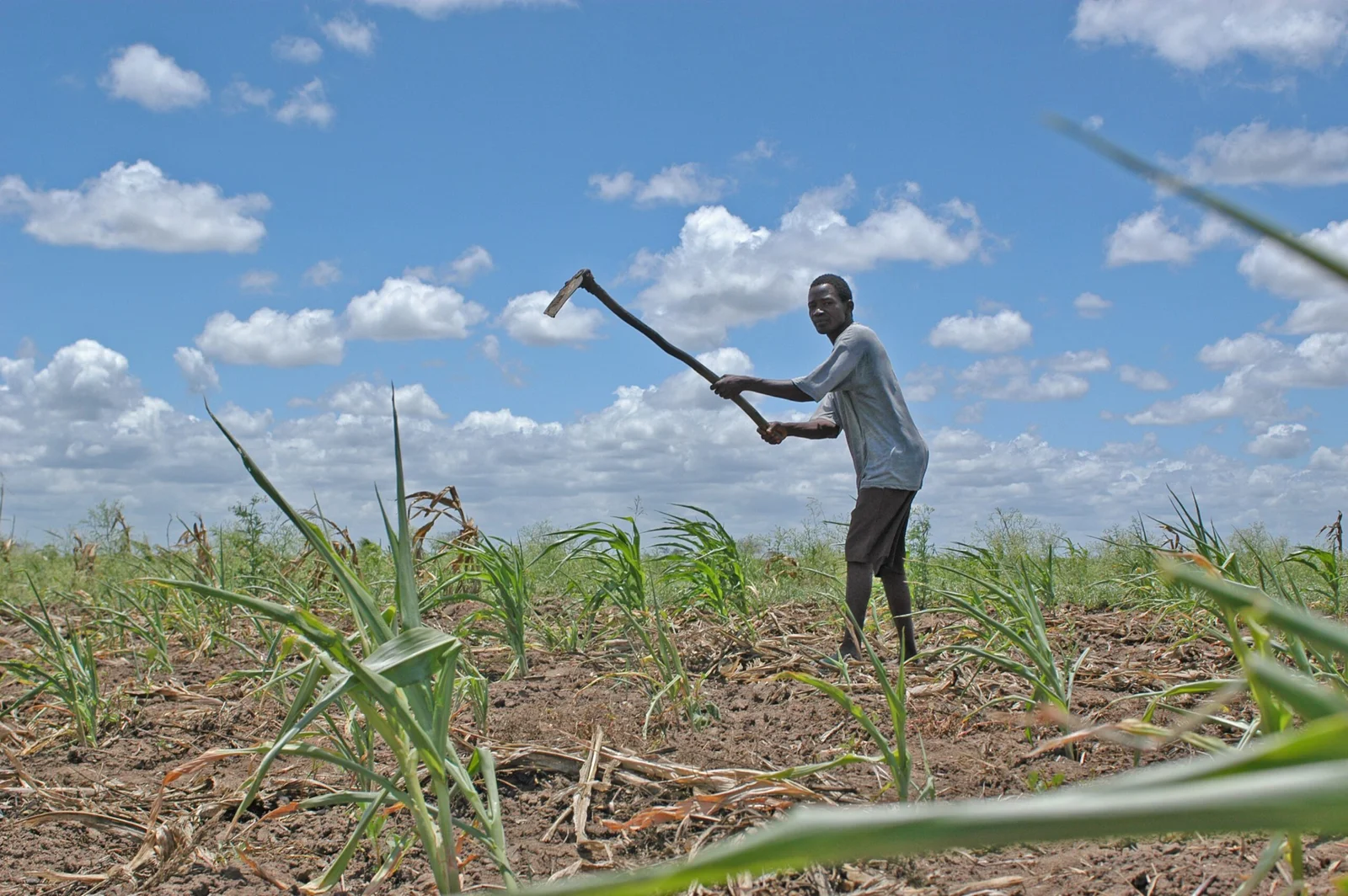Land Use Act and Land Tenure Systems; The Land Use Act vs. Traditional Land Tenure: A Complex Interaction
Introduction
The Land Use Act of 1978 was enacted to streamline land administration in Nigeria, replacing fragmented land tenure systems with a unified structure. However, its implementation has been anything but straightforward. While the Act aims to promote uniformity and prevent land speculation, it often clashes with customary land tenure systems, leading to conflicts and uncertainties in land ownership.
This article explores how the Land Use Act interacts with various land tenure systems in Nigeria, the legal complexities involved, and notable court cases that have shaped land administration.
Understanding Land Tenure Systems in Nigeria
1. Customary Land Tenure System
Under customary law, land is held by families, clans, or communities and is often administered by traditional rulers or family heads. Land transactions require the consent of the community rather than individual ownership.
How the Land Use Act Affects Customary Land Tenure
The Land Use Act vests all land in the state governor, shifting authority from traditional rulers to the government.
The requirement for a Certificate of Occupancy (C of O) contradicts customary practices where land is inherited and transferred informally.
Despite the Act’s provisions, many rural communities still enforce customary ownership, leading to dual land ownership claims.
Relevant Case Law: Amodu Tijani v. Secretary, Southern Nigeria (1921)
This case affirmed that land held under customary tenure is not absolute but rather held in trust for the community. The Land Use Act, however, modifies this by vesting land in the government, leading to disputes over land administration rights.
2. Freehold (English) Land Tenure System
Before the Land Use Act, freehold tenure allowed individuals to hold land absolutely, as seen in developed urban areas. Landowners had full alienation rights—they could sell, lease, or mortgage land without restrictions.
Impact of the Land Use Act on Freehold Tenure
The Act abolished freehold tenure, making all land subject to government control.
Existing freehold owners were required to convert their interests into statutory or customary rights of occupancy.
This change disrupted real estate investments, as investors now needed government consent for transactions.
Case Law Example: Savannah Bank Ltd. v. Ajilo (1989)
In this case, the Supreme Court ruled that even corporate landowners needed the governor’s consent before mortgaging their property, reinforcing the state’s control over land use.
3. Leasehold Land Tenure System
Leasehold tenure involves granting land use rights for a specified period, often for 99 years under the Land Use Act.
Effects of the Land Use Act on Leasehold Tenure
The Act enforces the governor’s consent requirement for lease renewals.
Leasehold interests must be formally documented to be valid under statutory law.
Short-term leases are still subject to local government approval in rural areas.
4. Communal Land Tenure System
In many parts of Nigeria, land is owned collectively by a clan or community. No single individual has exclusive ownership rights, and land allocation is based on custom and need.
Challenges Posed by the Land Use Act
The Act does not explicitly recognize communal ownership, forcing communities to register land under government-controlled occupancy rights.
Disputes arise when traditional leaders attempt to allocate land without government approval.
Community members sometimes resist official land titling, fearing it undermines traditional authority.
Notable Case: Abioye v. Yakubu (1991)
The Supreme Court ruled that individuals holding land under customary tenure before the Land Use Act could continue using it, but their interests were now subject to the Act’s provisions. This decision highlights the clash between statutory and customary landholding systems.
The Land Use Act and Modern Land Administration
1. Governor’s Authority and Land Use Rights
The Land Use Act vests all urban land in the state governor and rural land in local governments. However, governors have been known to abuse their powers, granting land to political allies while ignoring community claims.
2. Certificate of Occupancy (C of O) and its Limitations
Many Nigerians struggle to obtain a C of O, leading to informal land transactions that are legally risky. The process is also plagued by bureaucratic delays and corruption.
3. Compensation for Land Acquisition
The Act provides for compensation when land is compulsorily acquired by the government, but the valuation process often leads to undervaluation and unfair compensation.
Recommendations for a Harmonized Land Tenure System
1. Legal Reforms
The Land Use Act should be amended to accommodate customary and communal land rights.
The governor’s consent requirement should be simplified to encourage investment.
2. Improved Land Titling System
Digitization of land records can reduce disputes and make land tenure security more efficient.
3. Community Involvement in Land Management
Governments should work with traditional leaders to integrate customary land rights into formal land administration.
Conclusion
The interaction between the Land Use Act and different land tenure systems remains a complex issue in Nigeria. While the Act was designed to unify land administration, it has led to legal ambiguities, conflicts, and economic challenges. Customary landholders continue to assert traditional rights, while statutory requirements create bureaucratic hurdles for land transactions.
To achieve a truly functional land tenure system, reforms must bridge the gap between statutory law and customary practices, ensuring fair and efficient land administration for all Nigerians.


